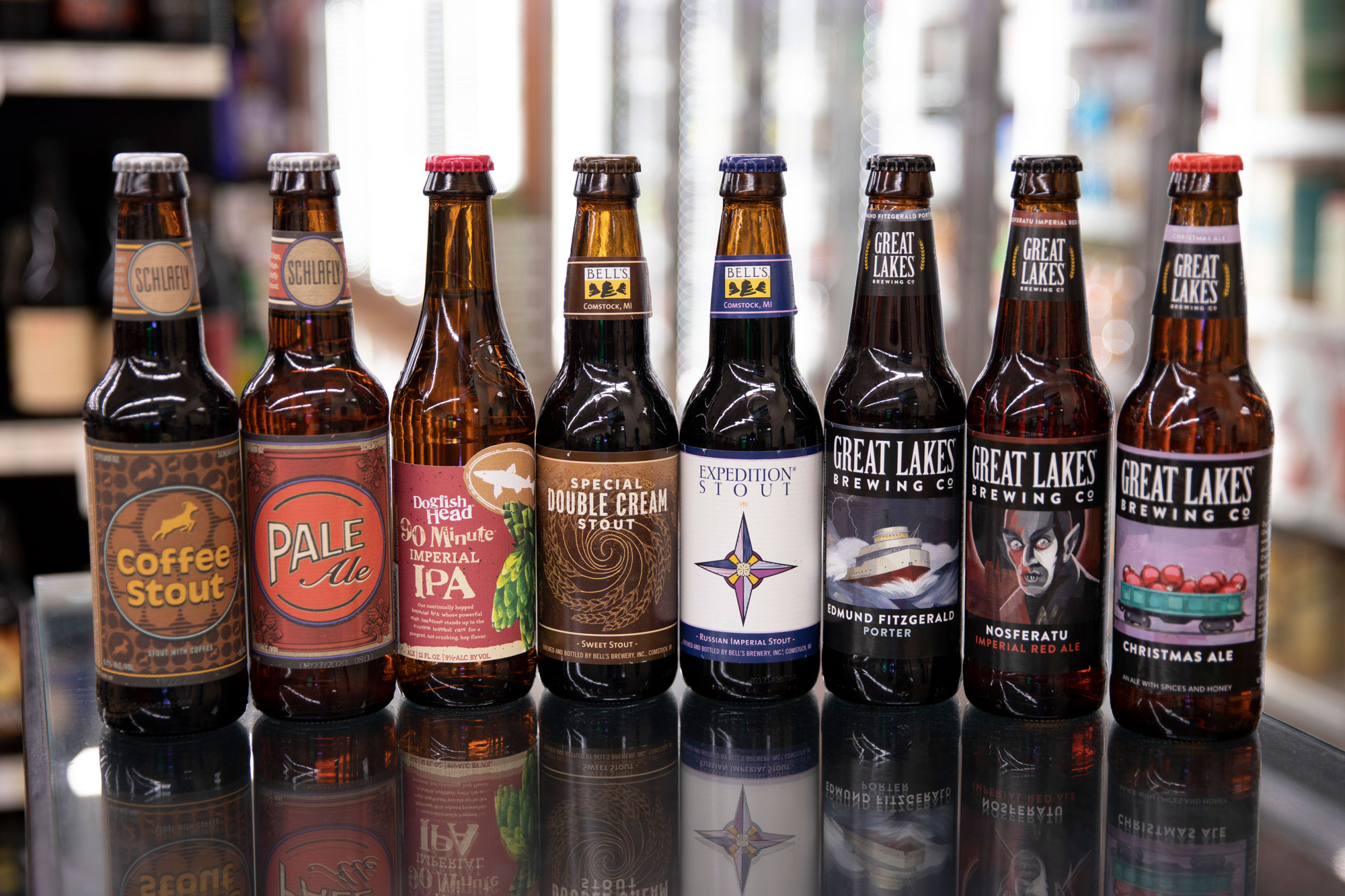Grasping the Craft of Distillation: a Deep Study Distillery Traditions
Exploring the complex art of distillation introduces a world soaked in time-honored practices that have formed the spirits we delight in today. From the old beginnings of distillation techniques to the modern-day evolution of distillery devices, each step in the procedure lugs with it a rich tapestry of background and expertise. As we explore the delicate equilibrium of conventional versus modern-day distilling practices and reveal the importance of vital ingredients, a much deeper understanding arises of the profound impact distillery practices carry the spirits we appreciate.
Origins of Distillation Strategies
The development of distillation methods has an abundant background that traces back to old human beings. The beginnings of distillation can be linked to early civilizations such as the Mesopotamians, Egyptians, and Greeks. These ancient societies utilized basic distillation techniques for perfumery, medication, and generating alcohols. The principle of dividing parts based upon their various boiling factors laid the structure for the advanced purification processes we have today.
The earliest proof of distillation go back to around 3000 BC in Mesopotamia, where clay pots were used to distill fragrances and fragrant oils. The Egyptians additionally advanced these techniques, utilizing purification for medical functions and embalming methods. The Greeks, significantly numbers like Aristotle and Hippocrates, contributed to the theoretical understanding of purification.
Gradually, purification spread to areas like India, China, and the Center East, each culture including its one-of-a-kind touch to the craft. The advancement of distillation methods proceeded with the Middle Ages and the Renaissance, at some point bring about the varied array of purification procedures employed in modern-day distilleries worldwide.
Development of Distillery Equipment

With improvements in modern technology and a much deeper understanding of the distillation process, modern-day distilleries currently utilize a variety of innovative devices to produce spirits of the finest. Today, distillation equipment consists of column stills, reflux stills, and crossbreed stills, each designed to satisfy specific purification demands. These modern stills offer far better temperature level policy, increased purification precision, and better efficiency in separating alcohol from impurities.
Along with stills, distilleries now make use of sophisticated condensers, fermenters, and filtration systems to additional refine the extract. The evolution of distillery devices remains to play a crucial function in shaping the diverse variety of spirits offered in the market today.
Standard Vs. Modern Distilling Practices
Conversely, modern distilling practices leverage advanced technology and development to improve manufacturing procedures and boost uniformity. Automated systems, electronic visit this site right here controls, and advanced click for more devices allow contemporary distilleries to create spirits much more efficiently and with higher accuracy.
While typical distilling techniques are valued for their heritage and the special flavors they generate, modern-day techniques use advantages in regards to scalability, high quality control, and sustainability. By integrating scientific developments and modern design, distillers can enhance production, reduce waste, and fulfill the demands of today's market more effectively. Inevitably, the option between modern and traditional distilling techniques typically depends on the distillery's objectives, worths, and target audience.
Trick Components in Distillation Refine
Within the craft of distillation, the option of essential ingredients plays a critical duty in establishing the flavor account and high quality of the spirits produced. The main ingredients made use of in the distillation procedure are generally water, yeast, and a fermentable resource such as grains, fruits, or sugarcane.
Water is a fundamental component as it not only thins down the alcohol material to a tasty degree but also impacts the total mouthfeel and structure of the spirit. The quality and mineral material of the water made use of can substantially influence the end product.
Yeast is another necessary ingredient that converts the sugars present in the fermentable source right into alcohol via the process of fermentation. Different pressures of yeast can produce varying tastes and fragrances, contributing to the one-of-a-kind characteristics of the spirit.

Influence of Distillery Traditions on Spirits
The influence of historical distillery traditions on spirits prolongs beyond the choice of key components, forming the extremely essence and personality of the final distilled items (Galveston Liquor). These practices, passed down with generations, play an essential duty in defining the special preference profiles and high qualities that distinguish one spirit from one more
Distillery traditions include a variety of techniques, from the particular methods made use of in distillation to the choice old procedures employed. The usage of traditional copper pot stills in scotch production is thought to present particular flavors and qualities that are extremely valued by lovers. In a similar way, the aging of spirits in oak barrels, a technique deeply rooted in distilling customs, adds to the growth of intricate fragrances and tastes over time.

Conclusion
From the origins of distillation techniques to the modern-day techniques, the influence of distillery practices on spirits is indisputable. Distillery customs play an important function in shaping the spirits industry and maintaining the heritage of distillation practices.
Throughout the background of purification, the devices used in distilleries has undergone substantial advancement to boost effectiveness and high quality of the distillation procedure.With innovations in innovation and a deeper understanding of the purification process, modern-day distilleries currently utilize a range of innovative equipment to produce spirits of the highest quality. Today, distillation equipment consists of column stills, reflux stills, and hybrid stills, each designed to provide to certain distillation demands. From the origins of purification methods to the modern techniques, the effect of distillery customs on spirits is undeniable. Distillery practices play a crucial role in forming the spirits industry and maintaining the heritage of distillation techniques.